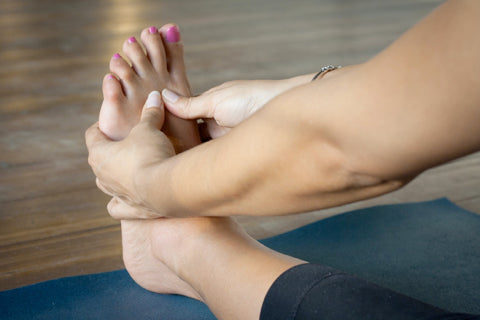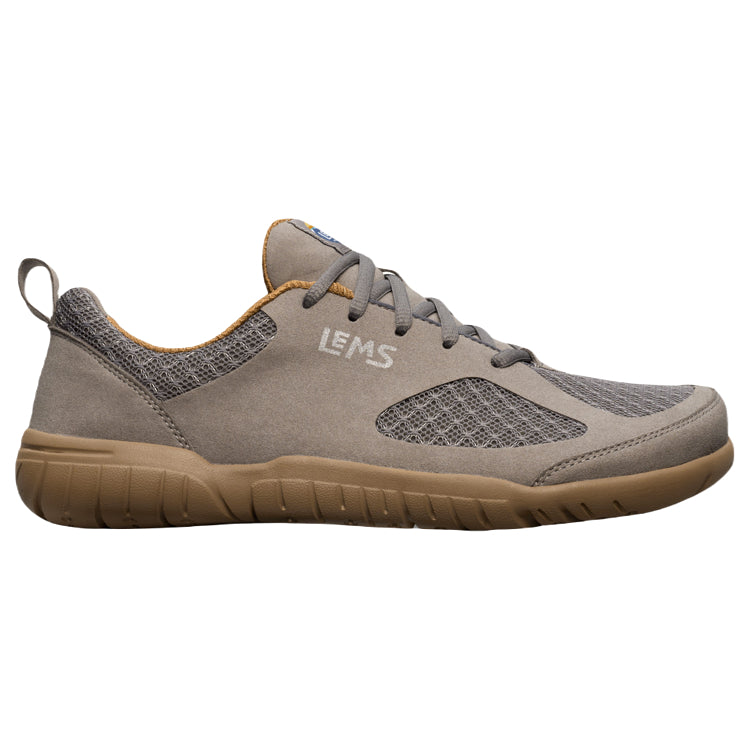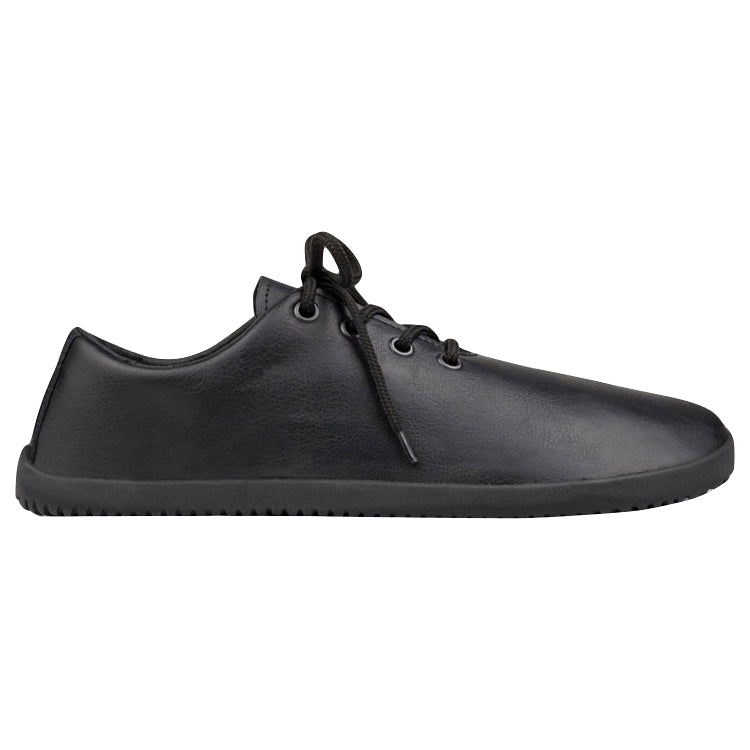
Of the many significant health considerations that receive attention during (and after) pregnancy, foot care is something that is often overlooked or downplayed in terms of its importance. But it is important because it has a massive impact on your comfort, your quality of life, and your ability to get around. Most of the foot-related changes that occur during pregnancy are temporary, though some may be permanent—each set of feet is unique, and what happens in one person’s body may not happen in another. That being said, some of the most common foot and lower leg issues that occur during pregnancy, as a result of weight gain and hormonal factors, include changes in foot dimensions, changes in foot and ankle joint mobility and gait, and increased foot and lower limb swelling, cramping, and discomfort.
If you are pregnant, you will most likely notice some changes in the shape of your foot. Most notably, you may notice that the length of your foot, as well as the width of your foot, increases (shoe size increases of a half-size or full size—or even more, in some cases—are common during pregnancy). Pregnancy-related hormonal changes cause ligamentous laxity throughout the body, including in the feet, which incorporate numerous joints. The combination of relatively loose ligaments and increased body weight can flatten your foot arches and lead to increased foot length and width. Because of these changes, it’s also not uncommon for pregnant individuals to notice a tighter fit when wearing familiar footwear. A lot of women report that these foot shape changes are more marked during their first pregnancy and less apparent during later pregnancies. For the most part, pregnancy-related foot shape changes will reverse themselves after the birth of the child, but some individuals may experience permanent changes in this regard.
Changes in foot and ankle joint mobility and gait, as mentioned above, are common among expecting mothers. The ligamentous laxity that occurs in foot and ankle joints can, in combination with weight gain, cause excessive pronation and joint instability in pregnant women. And changes to posture, largely the result of an enlarging uterus and shifting center of gravity throughout pregnancy, can impact gait. For most pregnant women, this translates into a broader stance and a distinctive “waddling” gait that’s intended to help maintain balance and stability and accommodate the increased weight at the front of the abdomen. Due to the additional stress that pregnancy-related body changes place on key muscles and other soft tissues throughout the body, many women are forced to make their gait fit their situation, which can lead to a higher likelihood of lower extremity injuries and more foot, leg, hip, and lower back pain. Foot problems that may be more likely to occur during pregnancy include flat feet, bunions, bunionettes, ball of foot pain, ingrown toenails, and cracked heels, among others.
Foot and lower extremity swelling (along with cramping and discomfort in this part of the body) is another common occurrence in pregnant women and tends to occur most frequently in the later stages of pregnancy. Indeed, the pooling of fluids in the feet, ankles, and calves may be the most universally-experienced lower limb issue that occurs during pregnancy. Pregnancy-related swelling happens in the lower extremities because of the increased blood volume and the heightened demands on the circulatory system associated with the developing baby. Mild swelling in the lower extremities is considered normal during pregnancy, but excessive swelling or the appearance of varicose veins is usually an indication to take action in one or more of the following ways:
- Stay properly hydrated
- Massage the swollen area
- Limit your intake of salt and caffeine
- Minimize (or avoid) prolonged periods of standing
- Wear compression socks or compression stockings
- Elevate your feet above heart level during rest periods
- Minimize exposure to hot or humid environmental conditions
- Wear sufficiently wide (and maximally comfortable) footwear
- Participate in frequent bouts of low-intensity aerobic exercise
- Try sleeping on your left side, which helps optimize circulation
- Increase your intake of potassium-rich foods (such as spinach)
In rare cases, blood clots can occur in the legs during pregnancy. Possible symptoms associated with blood clots include pain that does not relent, swelling, warmth, tenderness, and redness. Blood clots constitute a true health emergency, and so you should not hesitate to contact your physician if you notice any of the above signs or symptoms during your pregnancy.
In terms of footwear-specific approaches to address wide and swollen feet, as well as to address or prevent a worsening of common pregnancy-related foot problems, such as bunionettes, it’s vitally important to select footwear that can comfortably accommodate your entire foot. For some, this may involve using an exceptionally wide shoe, such as a pair of Crocs, but this could be any shoe that passes the Shoe Liner Test, really. For those who can tolerate it, going barefoot as often as possible is another potential strategy in helping manage the common foot problems associated with pregnancy. Another option for those who are not able to easily source shoes that are sufficiently wide is to—if feasible—have a pair of custom shoes made. There are a number of manufacturers around the US who are able to produce custom footwear, though this option tends to be quite pricey and the turnaround time on the manufacturing of such shoes might not be quick enough, in some cases, to be helpful.
Thinking longer-term, after the birth of your child—and after the pregnancy-related foot, ankle, and lower leg swelling has subsided—you may want to consider adopting all the most helpful natural foot care strategies in order to address any lingering foot problems that arose during the pregnancy itself and to restore optimal foot health. Consider working with a natural foot care provider in your area (whether it be a naturally-minded podiatrist, chiropractor, naturopath, physical therapist, or other manual medicine practitioner) to help build up your foot strength and resiliency and give yourself the most stable possible foundation moving forward.
A special thank you to Ray McClanahan, DPM, for contributing to this article.

WANT TO IMPROVE YOUR FOOT HEALTH?
Let the team at Natural Footgear help you! Subscribe to our newsletter for the latest offers and helpful info, and sign up for our FREE email courses on various topics and foot health conditions.
Sign Up →
Want to Improve Your Foot Health?
We are here to help you every step of the way. Get our newsletter for the latest offers and helpful info, and sign up for our FREE email courses on various topics and conditions, including bunions, hammertoes, neuromas, plantar fasciosis, shin splints, ingrown toenails, and more.
Sign Up →
 Foot pain can be caused by numerous factors, so there is no one exercise regimen that will address all possible causes of foot pain. However, in our experience, we’ve found that the following exercises can help rehabilitate the foot by improving its function, which in turn may reduce pain or discomfort, especially when these exercises are performed in combination with other therapies suggested by your healthcare provider. Here are a...
Read more
Foot pain can be caused by numerous factors, so there is no one exercise regimen that will address all possible causes of foot pain. However, in our experience, we’ve found that the following exercises can help rehabilitate the foot by improving its function, which in turn may reduce pain or discomfort, especially when these exercises are performed in combination with other therapies suggested by your healthcare provider. Here are a...
Read more











